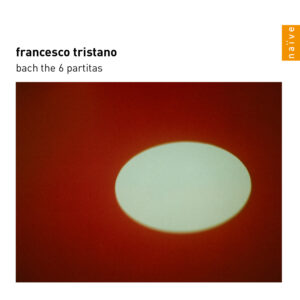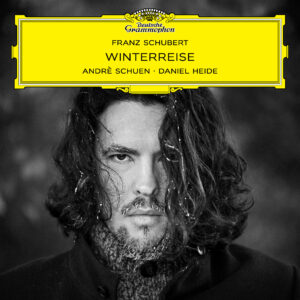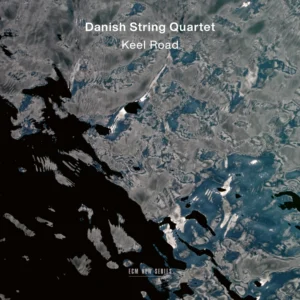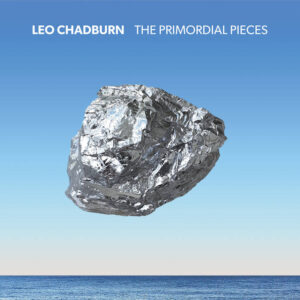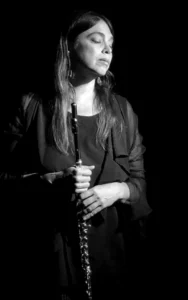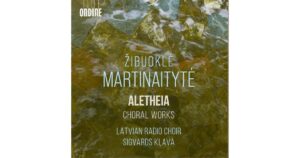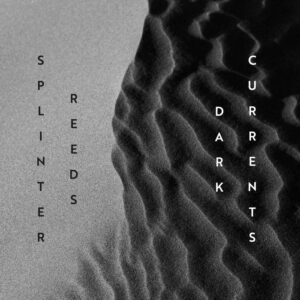Ethan Iverson – Technically Acceptable (Blue Note CD, 2024)
Ethan Iverson – Playfair Sonatas (Urlicht Audiovisual 2xCD, 2024)
Ethan Iverson is one of the foremost jazz pianists of his generation. An alumnus of the Bad Plus, he has since appeared with a number of artists, both live and on record. He currently teaches at New England Conservatory of Music. Iverson revels in researching all the eras of jazz, from its inception to the most recent innovations, and is also an advocate for American concert music composers of the twentieth century. His Substack, offers a bevy of information about both subjects.
Technically Acceptable is primarily a piano trio album. The two rhythm sections that join Iverson are bassist Thomas Morgan and drummer Kush Abadey, who play on a group of new originals. Bassist Simón Willson and drummer Vinnie Sperazza are on hand for two standards, “Killing Me Softly,” first a hit for Roberta Flack in the seventies and later recorded by the Fugees, and “‘Round Midnight,” a Thelonious Monk signature. The former is given a lush reading with elegant pop harmonies, while the latter features Rob Schwimmer playing theremin in a simulacrum of Annie Ross’s soprano delivery.
“Conundrum” opens the recording with a 90 second brisk introduction, a foreshadowing of the “Overture” and “Recessional” found on Playfair Sonatas. “Victory is Assured (Alla breve)” is undergirded with a cut time groove emphasized by Iverson’s left hand and the rhythm section. The pianist’s right hand is occupied with a circle of fifths sequence and emphatic glissandos. The title tune is a bluesy swing with an upward yearning culmination. Then there is a solo from Iverson that features abundant ornamentation and planing chords.
“Who are You Really” begins with a chordal treatment of its sinuous, scalar tune. Iverson’s solo provides puckish elaborations while Morgan supplies repeated notes in a countermelody and Abadey punctuates the proceeding with cymbal splashes and tom rolls. A double time coda concludes it. “Chicago Style” is a wayward ballad adorned with a wispy piano solo.
Technically Acceptable concludes with Iverson’s Piano Sonata. The program note relates Iverson’s fully notated approach to music from the 1930s: swing, blues, and the classical music of Copland and Gershwin. It also has an Ivesian cast, the first movement cutting among several propulsive motives, including a hard bop section, another that recalls the stride piano of James P. Johnson, and “the first four notes” theme of Beethoven’s Fifth Symphony. After the second theme’s appearance, there is a brief misterioso interlude, and an elated version of the hard bop theme reappears, with a brusque glissando finishing off the movement. This is followed by an Andante movement with a wandering tune that alternates with dissonant arpeggios. As it progresses, the proceedings are enriched with polychords and decorative chromaticism. The finale is a rondo movement with thick dissonant verticals inserted between short phrases, each time followed by a puckish renewal of the form’s succession of motifs.
Playfair Sonatas shares chamber pieces that are the continuation of Iverson’s interest in notated composition, each in its a way an homage to predecessors in the jazz idiom. It contains both a short Fanfare and Postlude for all of the players, the former with a jaunty tune, the latter with solemn brass followed by a hymn-like piano postlude.
Trombone Sonata features Mike Lormand, whose sound can be clarion like a trumpet or sonorous in its depths. At its outset, against a sustained melody for the trombone, Iverson adds still rhythmic wrinkles by playing hemiola patterns. Partway through, in a slow, rubato passage the trombonist is exhorted to “tell your story.” This is succeeded by a return to the opening material, abetted by a rangy, syncopated melody in the trombone. A long glissando is countered with a sustained bass note to close. The second movement is dedicated to the avant-jazz trombonist Roswell Rudd, with a hat tip to the dedicatee given by the copious microtones for the soloist. The finale is another rondo, this one with a main theme in mixed meter of an anthemic quality, and a corresponding quick motive filled with blues thirds and glissandos. Lormand demonstrates facility in fast tempos, doubling Iverson’s right hand in places, concluding with the main melody embellished with thunderous pedal tones and then a deathless sustained final pitch.
Makoto Nakamura is the soloist in the Marimba Sonata. Some of the piece explores a bucolic environment that accentuates gently humorous material. The second movement evokes the legacy of Dolphy’s “wild modernism,” and the frequency of mallet percussion player Bobby Hutcherson in the reed player’s lineups. Unique to this sonata is a solo cadenza movement, with a slow tempo undergirding a multi-mallet excursion with fetching accumulated harmonies.
Clarinetist Carol McGonnell has an exquisite sound in every register of her instrument, which makes her an ideal interpreter of Iverson’s Clarinet Sonata, which recalls both jazz idioms and modern classical music. The first movement features memorable themes, mixed meters, and cascading arpeggios in both instruments. The second movement, “Music Hall,” is dedicated to the great jazz composer Carla Bley, its oom-pah rhythm imitating the accompaniment of many of her pieces. In a spooky twist, Bley passed away on the very day that Iverson finished the movement .A third movement is neoclassical in design, with a backwards ordering of scherzo, minuet, and an allegro return that includes a soaring valediction for the clarinet. The finale moves the sonata out of the minor mode into a triumphant major, including one of Iverson’s most memorable melodies on Playfair Sonatas.
Who could be a better dedicatee for an Alto Saxophone Sonata than Paul Desmond? The second movement, titled “Melody (For Paul Desmond) is a suavely lyrical ballad in which Iverson effectively channels West Coast Jazz of the 1950s. The other two movements put saxophonist Taimur Sullivan through his paces, the first including fast scalar passages and altissimo held notes in the part, all set against a syncopated shuffle and a middle section in fugato counterpoint. The movement’s melody by itself is appealing, and could easily be given treatment as a new standard. The third movement is an Allegro in which the duo swings with abandon, Sullivan playing a breathless stream of swinging eighths and triplets against a rollicking groove, forceful ostinatos, and quick melodic doublings in the piano. A cadenza provides a dazzling interlude, followed by a radiant coda..
The Trumpet Sonata is imbued with the qualities of early jazz juxtaposed with early modernism á la Hindemith. The middle movement, “Theme (For Joe Wilder),” celebrates a trumpeter who was an exponent of early modernism and one of the first black musicians to play on Broadway and in symphony orchestras. Wilder premiered a number of compositions, notably by Alec Wilder, a classically trained composer who was probably best known for his popular songs, film scores, and musicals. There is a charming suavity to the theme that recalls some of Alec Wilder’s music for movies.
Miranda Cuckson is a go-to violinist for contemporary concert music. The Violin Sonata employs Cuckson’s well-established facility with modern music. The first movement features an Andante theme that is chromatic, nearly post-tonal in conception. This is succeeded by an Allegro section with angular, dovetailing flurries. The sonata also tempts her into the world of modern jazz with a second movement titled “Blues (For Ornette Coleman).” Coleman was known for using microtones and a rough hewn playing style, and Cuckson obliges with abundant amounts of sliding tone and notes between the cracks of the keys. The finale, again in rondo form, begins with pizzicato open strings against a treble register moto perpetuo in the piano. The violin duets with the piano in an effervescent contrasting theme, with sequential material offset by double-stops. The melodic focus alternates between solo and duet, with the mischievous opening section with its combination of pizzicato and the treble staccato undulations in the piano, serving as refrain. After a third tune with ascending scalar passages in the violin accompanied by arpeggiated sixteenths in the piano, the pizzicatos return a final time, topped off with a fingered glissando ascent. This piece could easily appear in either a classical recital or in a jazz concert, being both versatile and engaging throughout.
Technically Acceptable and Playfair Sonatas are significant recordings in Iverson’s catalog, the former demonstrating his finesse as a writer of jazz originals and the latter combining a cornucopia of traditions into eminently successful notated works. One hopes that both approaches remain part of his prolific creativity. Two favorite recordings from 2024.
Christian Carey


